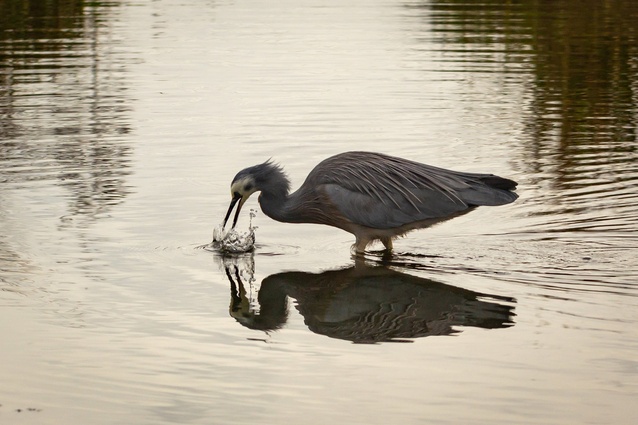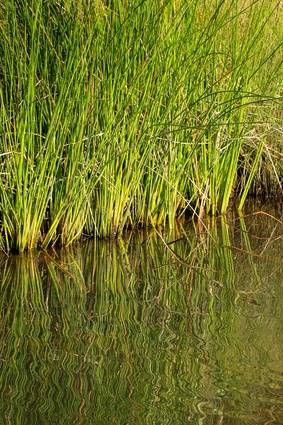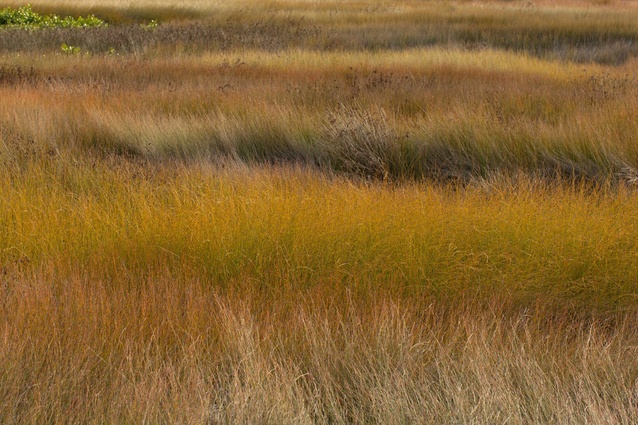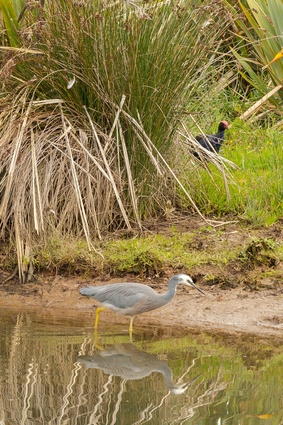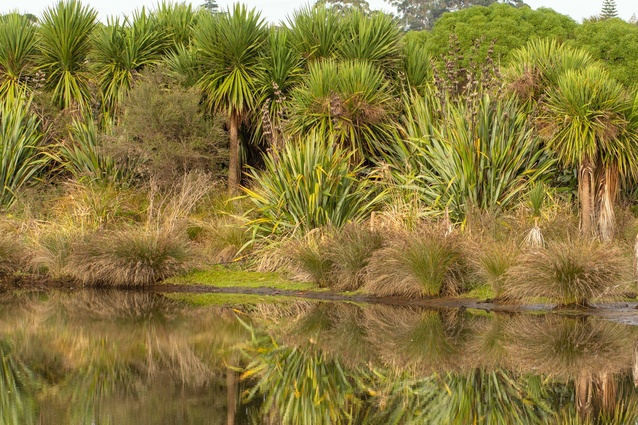Pukehina: From farmland to Eco Village
The developers of the proposed Pukehina Eco Village in the Western Bay of Plenty are applying for resource consent to turn a 165-hectare dairy farm into a sustainable, ecologically friendly, lifestyle village and wetland. The farm was originally developed by draining “swamp”, a now depleted ecosystem type. Most of that land will now be returned to wetlands to provide freshwater wetland habitat for birds like the critically endangered Matuku.
The farm, which sits immediately behind the beach settlement, is zoned rural. The landscape architect involved in the project, Richard Hart, says the eco village and wetlands concept is “innovative and ambitious” for New Zealand.
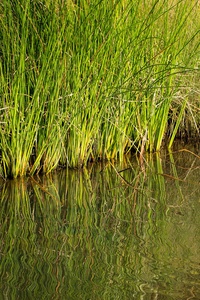
“It’s a major-scale land use change and habitat reconstruction project,” he told Landscape Architecture Aotearoa. “We’re talking about moving over two million cubic metres of material within the site, creating 35 hectares of lake and over 100 hectares of wetland.”
Hart says the biggest challenge is managing hydrology. “Controlling water levels and having a source of freshwater coming in from an existing perched canal is critical. We prefer to have a fresh water system because the Bay of Plenty is down to less than three percent of the original freshwater wetland habitat. That means 97 per cent has gone. This project will make a significant addition to that – 140 hectares is a big, almost unheard of, scale wetland for a private development.”
Returning most of the land to wetland means its natural filtering processes can help clean up an area that now has pretty poor water quality, thanks to long term dairy farming in this low lying area. It is below sea level at high tide. This will help improve water quality into the Little Waihi Estuary which has become degraded over the years from sediment and nutrient runoff.
While the village is still in the early planning stages, with an application imminent, a lot of geotechnical work has already been done to prove it’s possible. Hart’s been part of a Wildland Consultants team, who are also supplying ecologists, and Aurecon are the planning and engineering consultants.
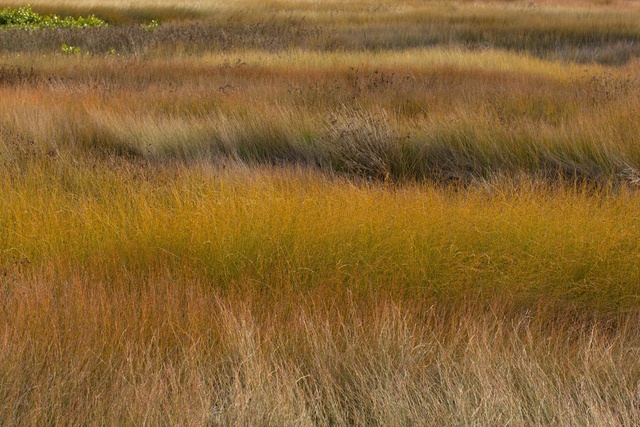
Fish and Game and the Regional Council have been involved in developing a wetland trust to ensure the ongoing management of the wetlands. Local iwi are supportive, and the Pukehina community and residents are being consulted.
The village will be laid out with simple spline roads and three separate, interlinked wetland areas. The material dug out to create the big lake will be used to build up platforms for houses and roads to a safe level for sea level rise and flooding.
“It’s not like designing in an urban context – no kerbs or fancy street lights here” Hart says. “It’s more habitat reconstruction or rural design; what shape should the lakes, watercourses and wetlands be? We’re working with the volume of materials that have to be moved as well as the habitat considerations.”
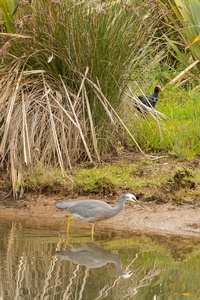
He continues, “We need to create the right water levels so that the wetland plants, rushes and sedges thrive to create a habitat that suits the plants, birds and fish. The streetscape will be part of this environment too, with buildings and fences set well back from narrow, kerbless roadways and wide strips of native trees, shrubs and wetland in the adjacent swales and private front yards. This will both soften and screen dwellings as well as creating a low key, green, parklike habitat along the road corridors. Every 2,000m2 lifestyle lot will have wetland views that literally extend into each site.”
“There are a whole lot of design constraints. Geotechnically you can’t build right on the lake edge because in an earthquake, liquefaction would shift the platforms lakeward. Here we are setting the raised platforms 200m back from the lake edge” says Hart.
Hart says the client is committed to using environmentally friendly techniques to build the village and wetlands. Instead of using the usual excavators, motor-scrapers, bulldozers and tip trailers to move material around, more fossil fuel efficient conveyor systems or slurry pumps are being considered.
“It’s not just about building the wetland, though, in terms of being sustainable. As well as rebooting the natural processes to work in the wetlands, it’s about the building design too.”
Houses will incorporate plenty of sustainable design features. These include being wood-rich, exceeding insulation standards, utilising solar energy for water heating and electricity, recycling of rainwater and use of local materials, all through guidelines and covenants.
A version of this article was first published on the Landscape Architecture Aotearoa website, which is published by the New Zealand Institute of Landscape Architects (NZILA).

